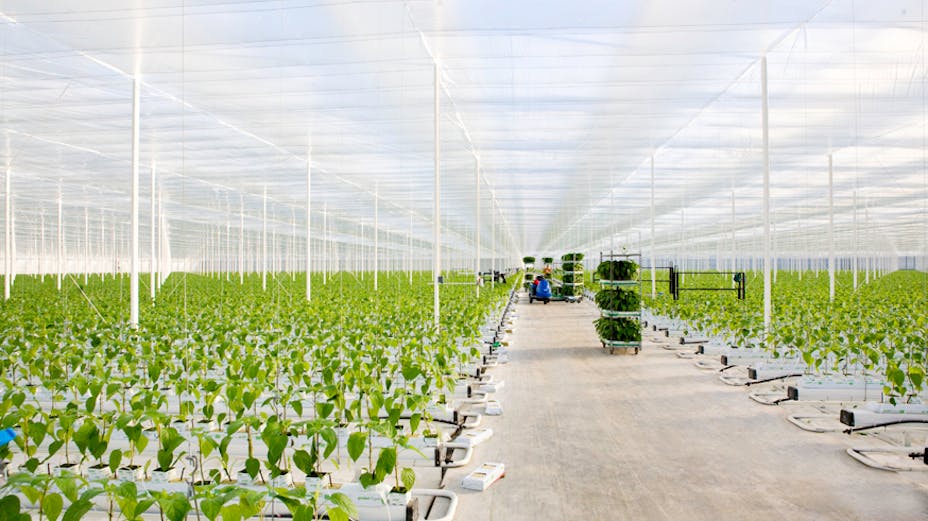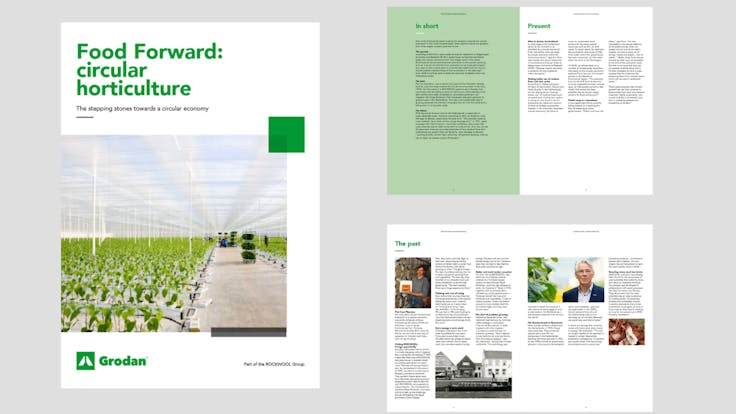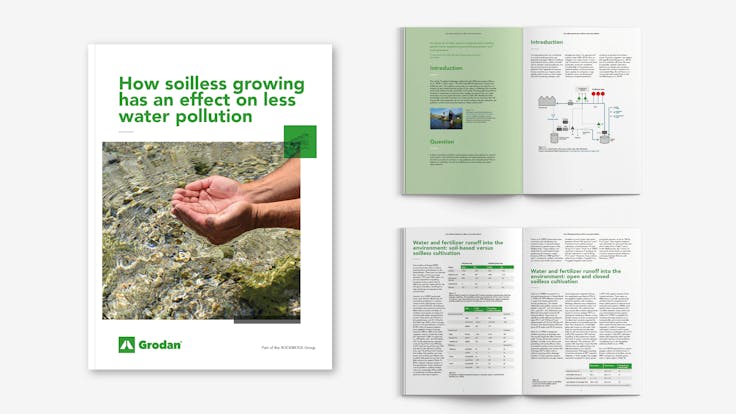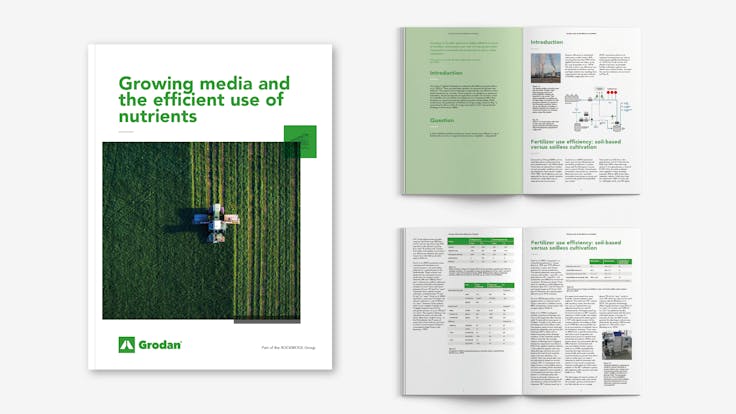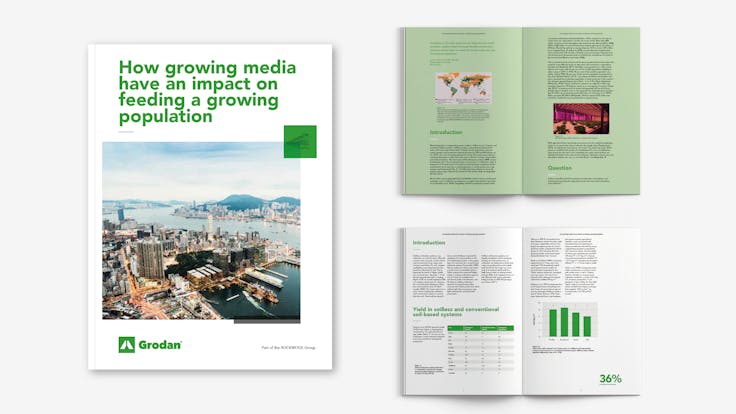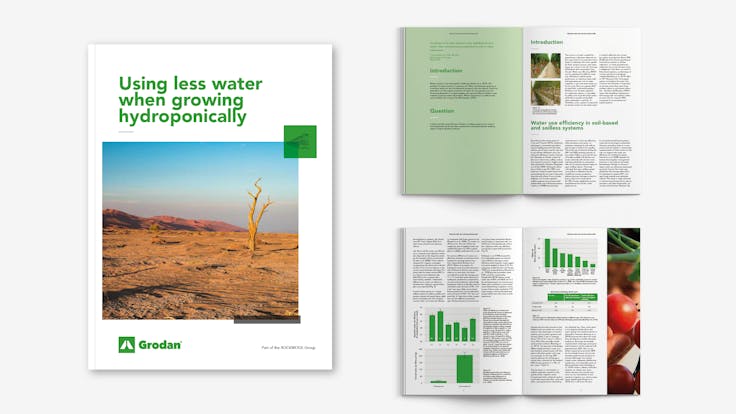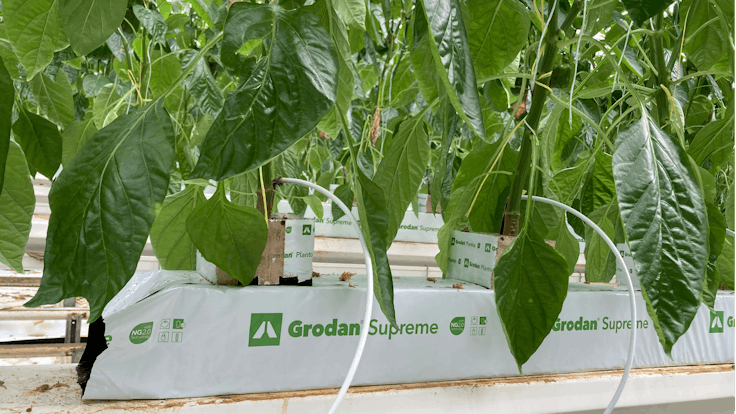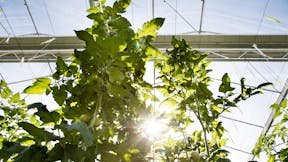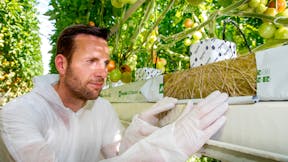The present
According to Eric Poot, team leader and senior researcher at Wageningen University and Research (WUR) in greenhouse horticulture and flower bulbs, the circular economy is the ‘new magic word’ in the sector. WUR looks at various elements that contribute to the circular economy, such as: how do we shift the food production to be more plant-based (e.g. soy), so that people start to consume less meat? And how do you recycle possible residual flows of food production in the best way? Also, WUR is working hard to tackle the amounts of plastics within the horticulture sector.
The past
Piet van Adrichmen, now a retired horticulturist from Pijnacker, already took an important step towards the circular economy back in the early 1970s. He discovered in a ROCKWOOL greenhouse in Sweden that cucumbers had the ability to grow on stone wool, while needing much less nutrition and water compared to cucumbers growing in soil. Together with Royal Brinkman, Piet introduced ‘precision growing’ to greenhouses in the Netherlands. This new, more sustainable way of growing attracted the attention of people from all over the world and is being used on a big scale today.
The future
With the arrival of stone wool to the Netherlands, a waste pile of used substrates arose. However, according to Marc van Buijtene, Area Manager at Renewi, waste does not exist at all. “We consider waste as a raw material. Soon there will be a huge shortage of it.” In 1991, waste processor Van Vliet Contrans, now known as Renewi, discovered that used substrate was an ideal component to make bricks. And now, almost 20 years later, there are countless examples of how residual flows from horticulture are reused. Marc van Buijtene, Area Manager at Renewi, “Looking at 2050, we aim high: achieving 100 percent recycling. And we are on track: we already recycle 93 percent.”
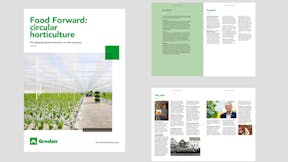
Download the whitepaper about circular horticulture
Download the whitepaper about circular horticulture and read about more whatcircular horticulture is and how it can help you.





